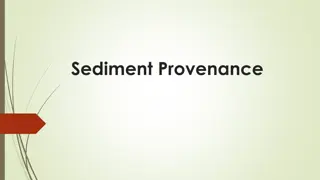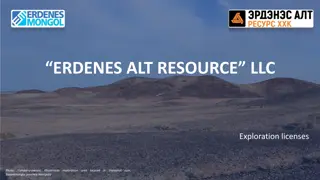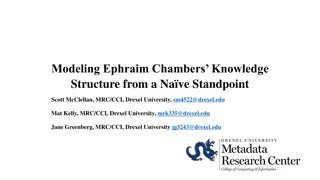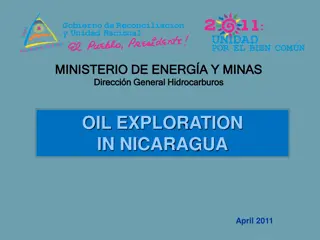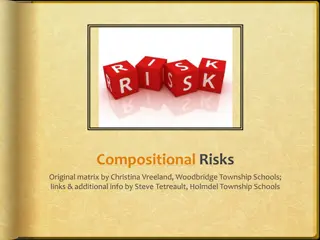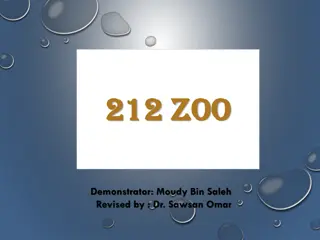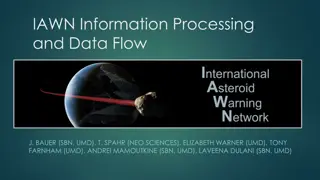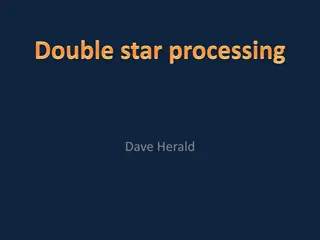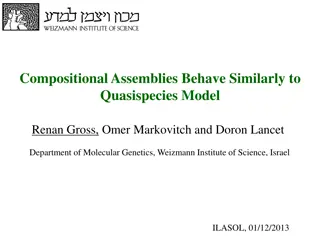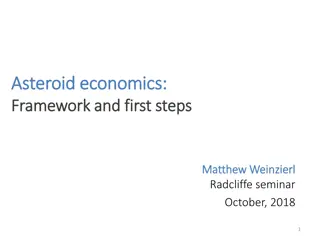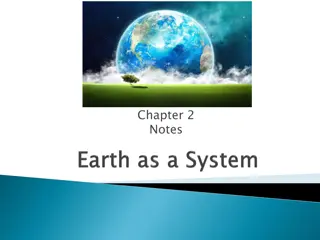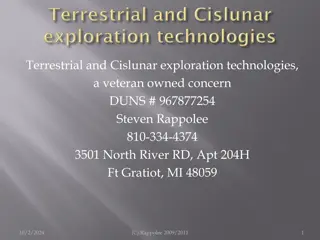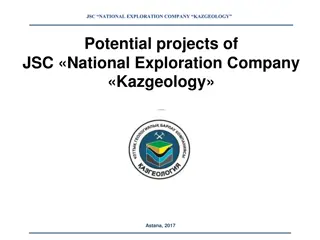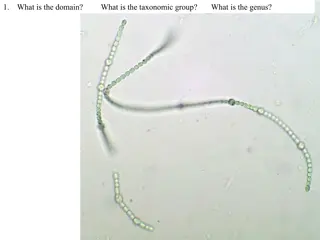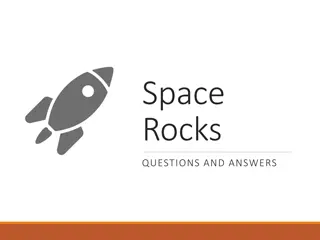Exploration of Asteroid Taxonomic Groups and Compositional Structure
Delve into the classification and analysis of varied asteroid taxonomic groups such as Silicate (S-type) and carbonaceous (C-type). Utilize NUV photometry data to distinguish between asteroid sub-groups and study compositional structures in the main asteroid belt. Investigate the dynamics of primitive (P-type) and metallic (M-type) asteroids, estimating sizes, numbers, and orbits. Employ fast and slow spinners observations to reveal activity and variations on these small bodies.
Download Presentation

Please find below an Image/Link to download the presentation.
The content on the website is provided AS IS for your information and personal use only. It may not be sold, licensed, or shared on other websites without obtaining consent from the author. Download presentation by click this link. If you encounter any issues during the download, it is possible that the publisher has removed the file from their server.
E N D
Presentation Transcript
WG9 WG9 Solar System Solar System David Polishook, Eran Ofek, Oded Aharonson, Dennis Bodewits, John Noonan David Polishook, Eran Ofek, Oded Aharonson, Dennis Bodewits, John Noonan
Relevant Objects Relevant Objects Asteroids Comets Trans-Neptunian Objects No Planets saturation No Satellites low resolution Vermin of the sky
Don Don t forget the Solar System bodies t forget the Solar System bodies
Expected Numbers Expected Numbers Available small bodies, brightness-wise, all sky survey : Main Belt Asteroids: ~104. TNOs: ~103. Comets: ~500. Ecliptic lat>50o: ~102. Observations orthogonal to Sun-Earth line reduces brightness by 1.0 - 2.5 mag (0.5-1.5 mag at 45o). Asteroid inclination
Motivation: Classification Motivation: Classification ULTRASAT's NUV photometry of varied asteroid taxonomic groups. e.g. Silicate (S-type) vs carbonaceous (C-type). e.g. sub-groups of carbonaceous asteroids. Galex dataset: 405 asteroids. 102 times more data. However, Vis-NIR classification is easier & cheaper. But HST data Hendrix+2023 GALEX data Waszczak+2015
10 1.1 P-type M-type 9 P-type 8 reflectance spectrum 1.05 7 Motivation Motivation 6 numbers 1 5 4 M-type 3 0.95 P-type: Primitive 2 M-type: Metal 1 0.9 0.45 0.5 0.55 0.6 0.65 0.7 0.75 0.8 0 5.2 P-type M-type 5.4 5.6 NUV-V [mag] 5.8 6 6.2 wavelength [ m] ULTRASAT's NUV photometry of asteroid taxonomic groups (disentangle between metal- to primitive-asteroids). Re-estimating compositional structure of the main belt of asteroids and its dynamical families. Estimating differentiated planetesimal numbers, sizes, and orbits using real number of M-types. Following P-type asteroids dynamics into the main belt of asteroids from beyond the snow line. DeMeo & Carry 2014
Fields of Interests and Sampling Rate Fields of Interests and Sampling Rate NUV color of as many asteroids as possible: Observe as many fields as possible. On the Ecliptic plane. Observe closer to solar opposition as possible. Off the galactic plane. Sampling rate / time-series / variation timescale: Fast spinners, P < ~12 h easier from Earth. Slow spinners, breaking 24 h degeneracy. Activity/variation, weeks / months.
ToO for Active Asteroids ToO for Active Asteroids Temporary activity on asteroids, due to: Collision Mass shedding Rotational disintegration Sublimation Nasty humans ~1 per year Fast reaction needed. Ofek+ Jewitt+ 2010, 2013, 2014
Identification tools Identification tools Searching for known objects within field and time. Searching for moving sources on subtraction images. Combining points and arcs.
WG Future plans WG Future plans Plan strategy for the all-Sky survey(s). Discover new asteroids at high inclinations. Study UV scattering as a function of the phase angle, regolith, surface roughness. Collecting UV colors of meteorites & asteroids. Callibrate with unique, in-situ measured asteroids. Active asteroids follow-up. Comets see next talk by John Noonan.



